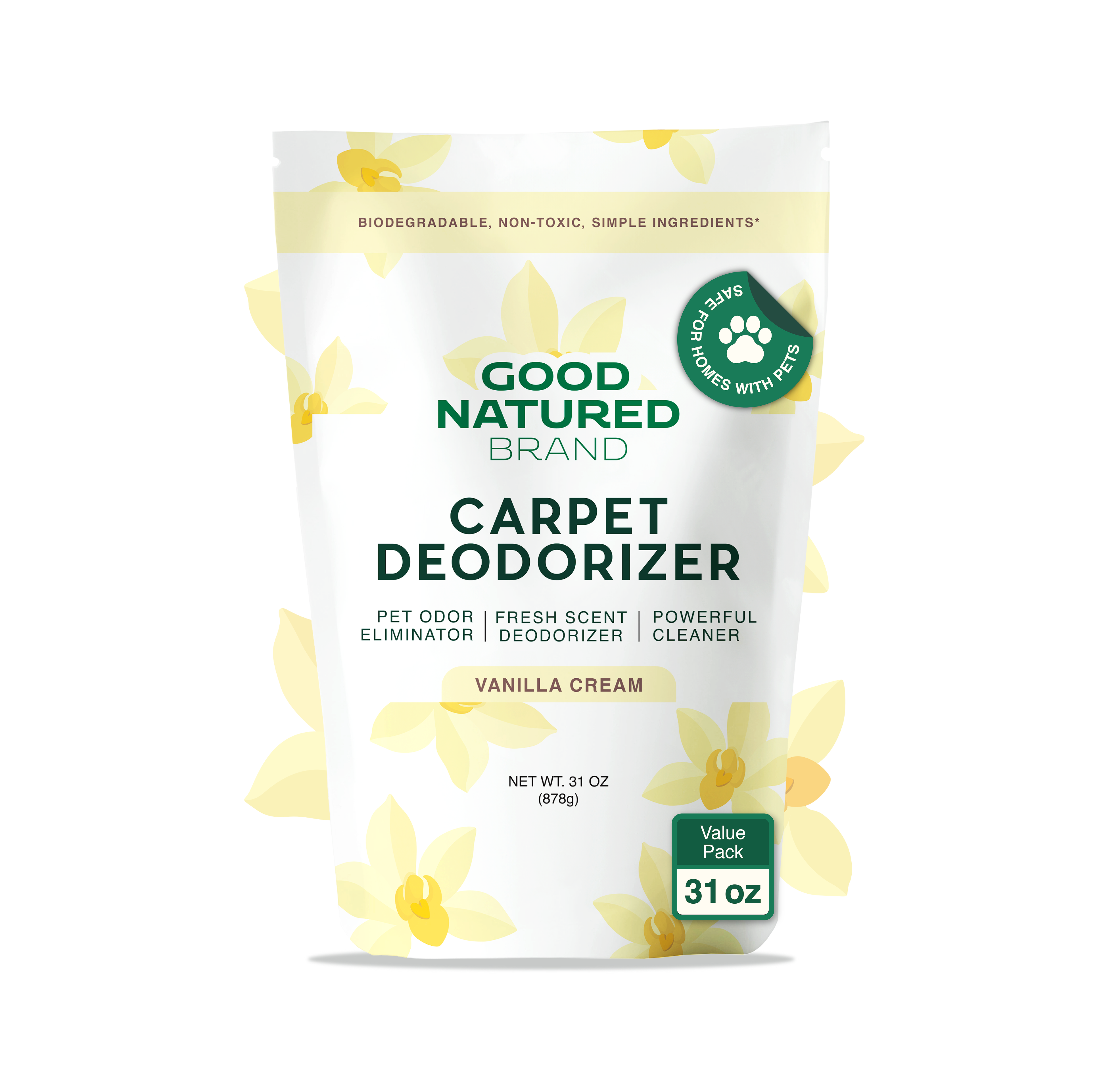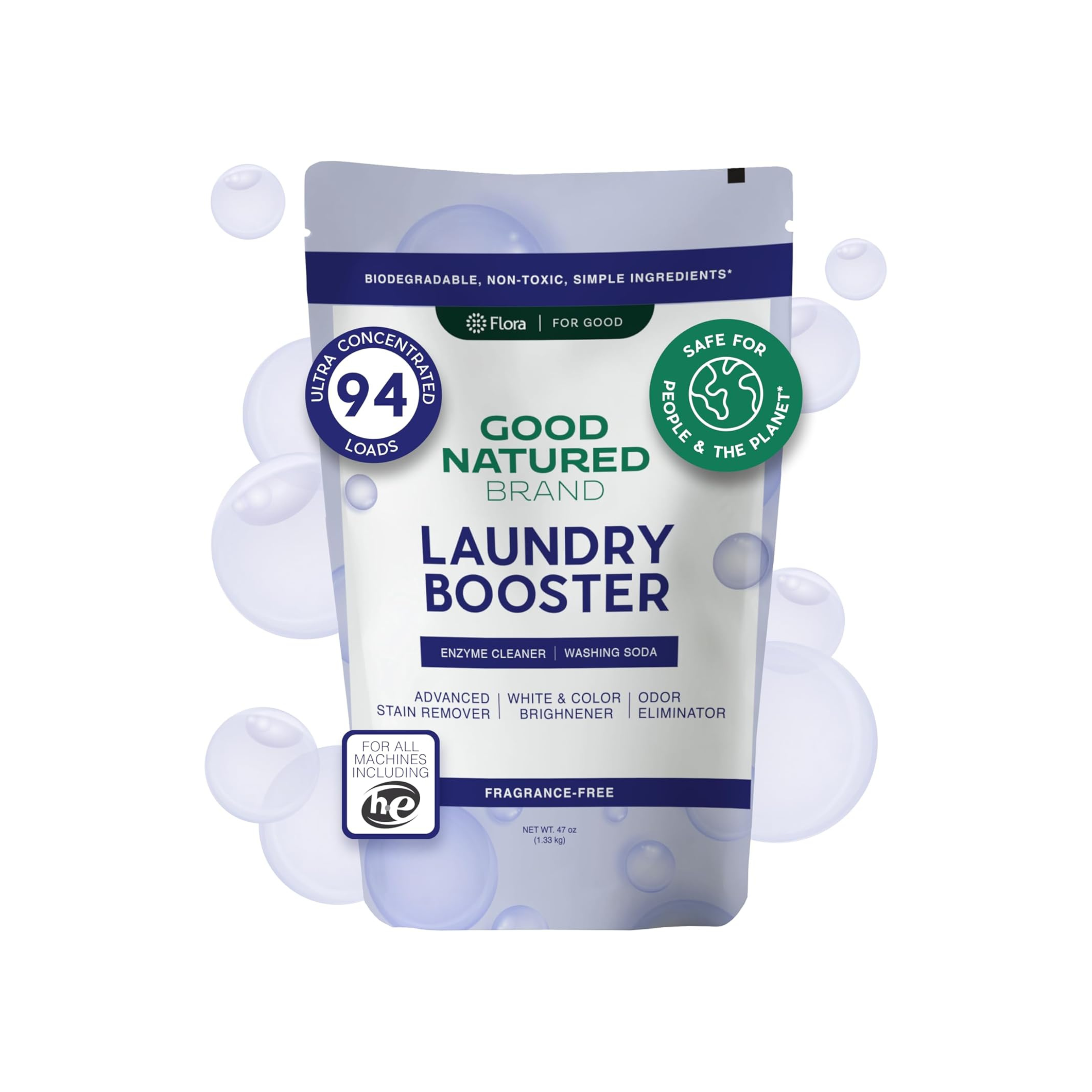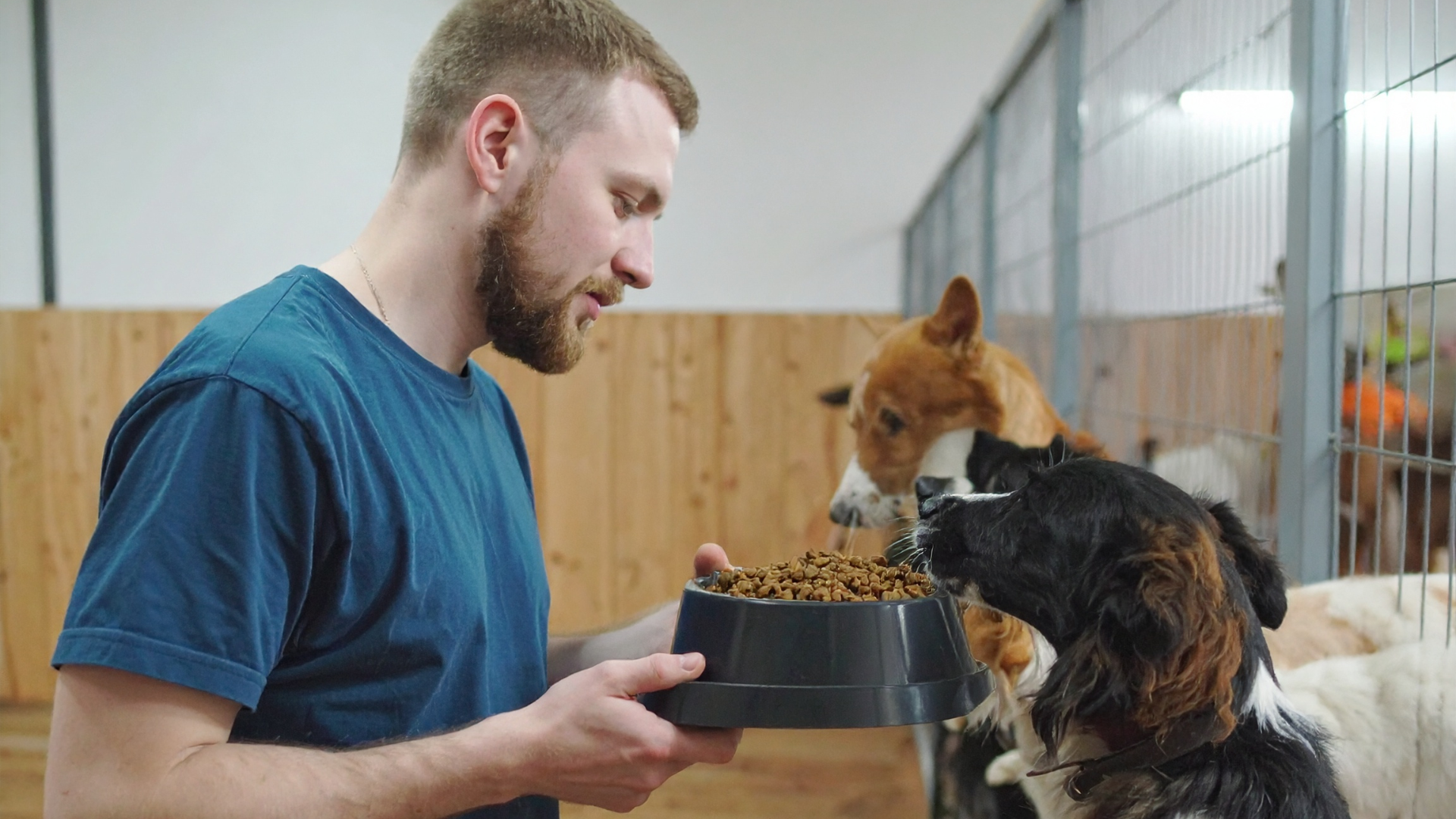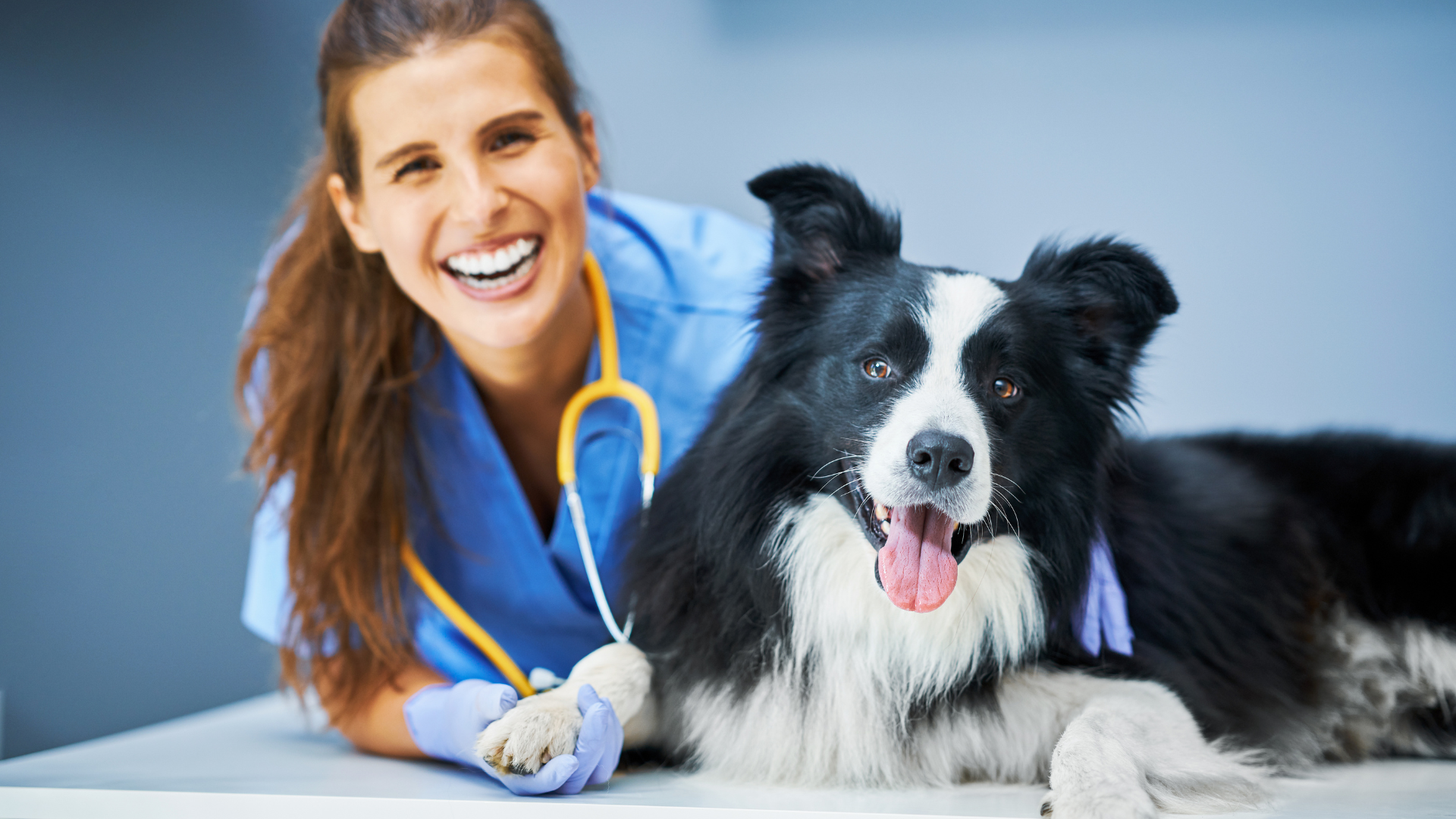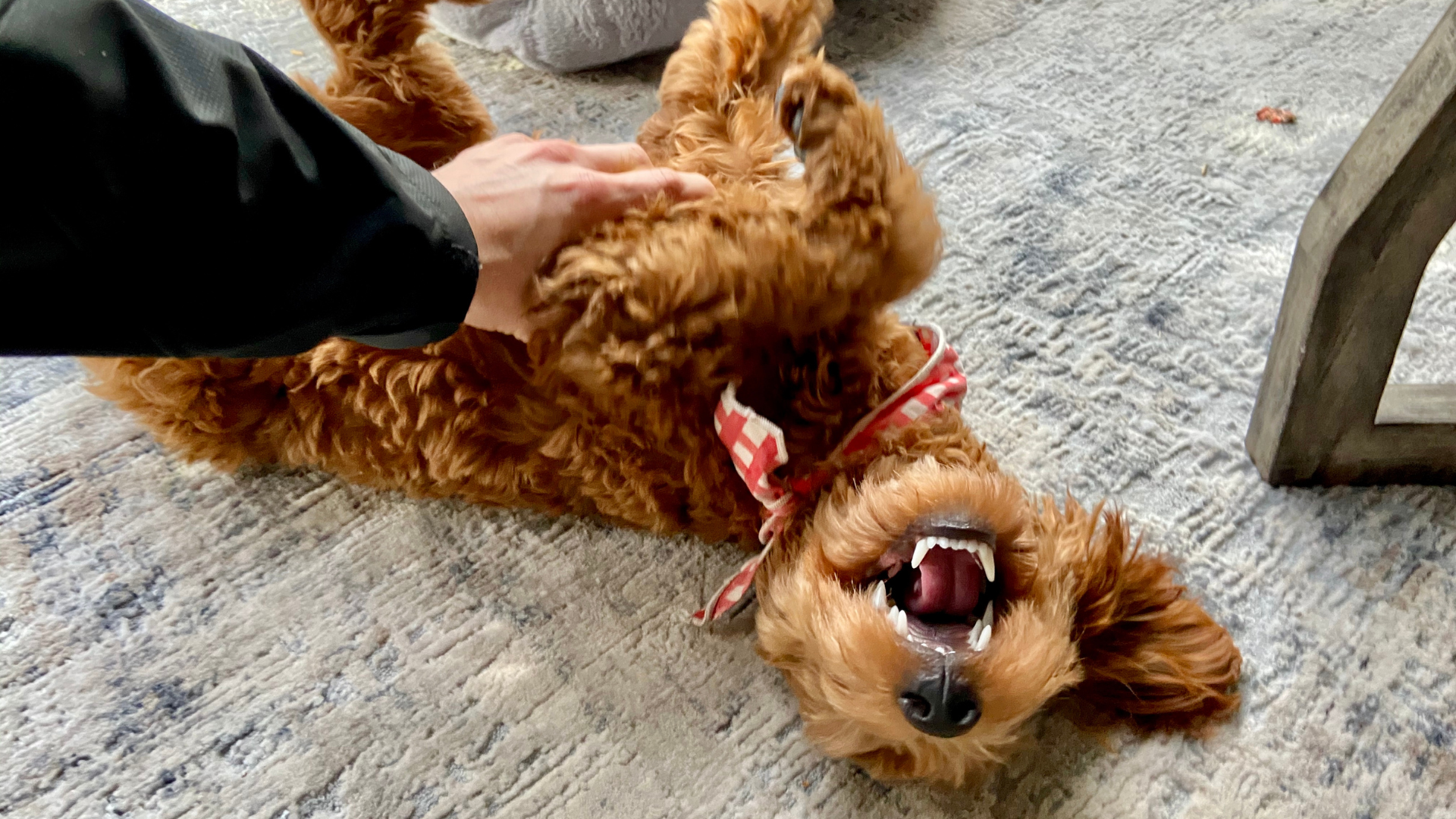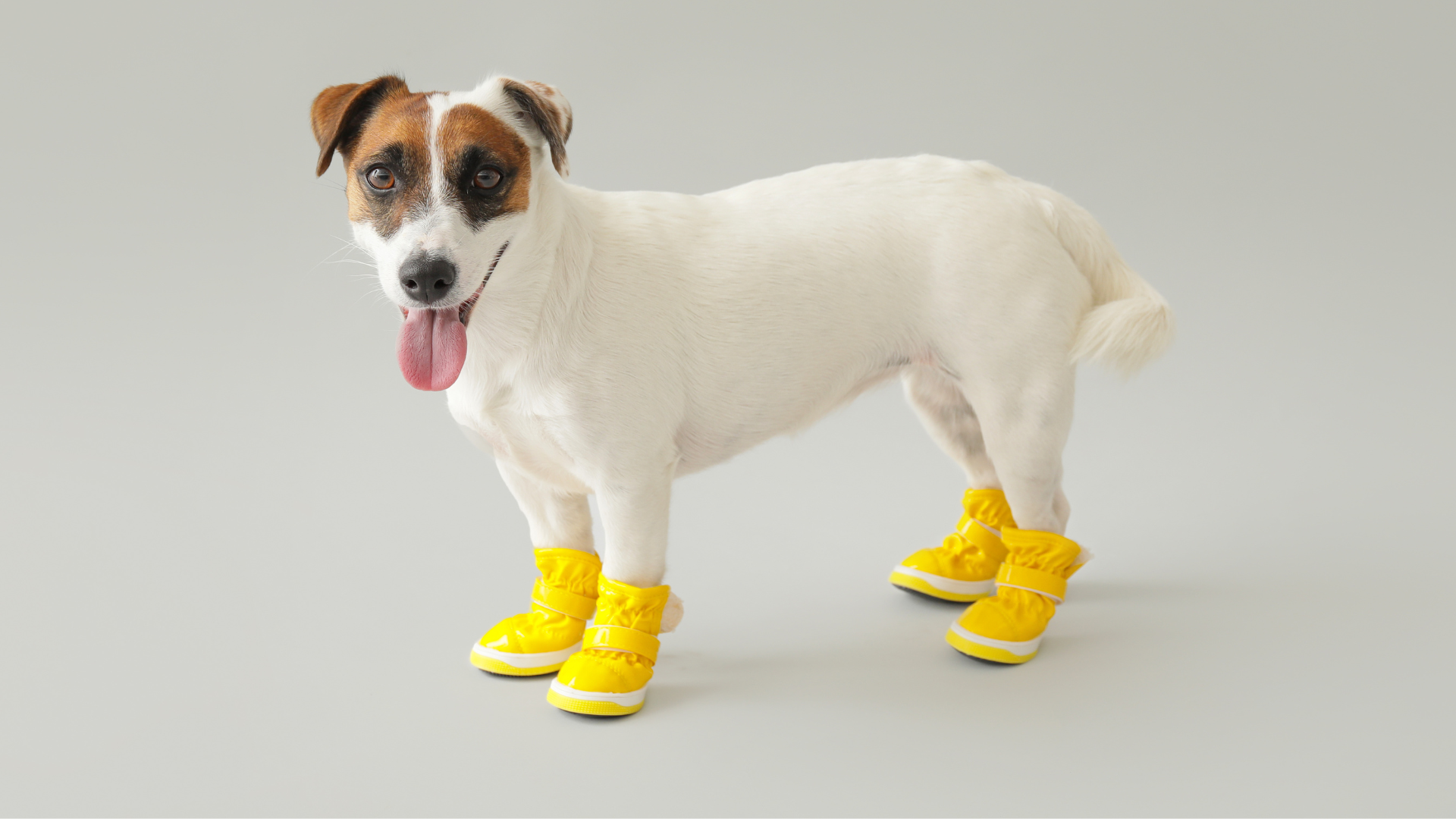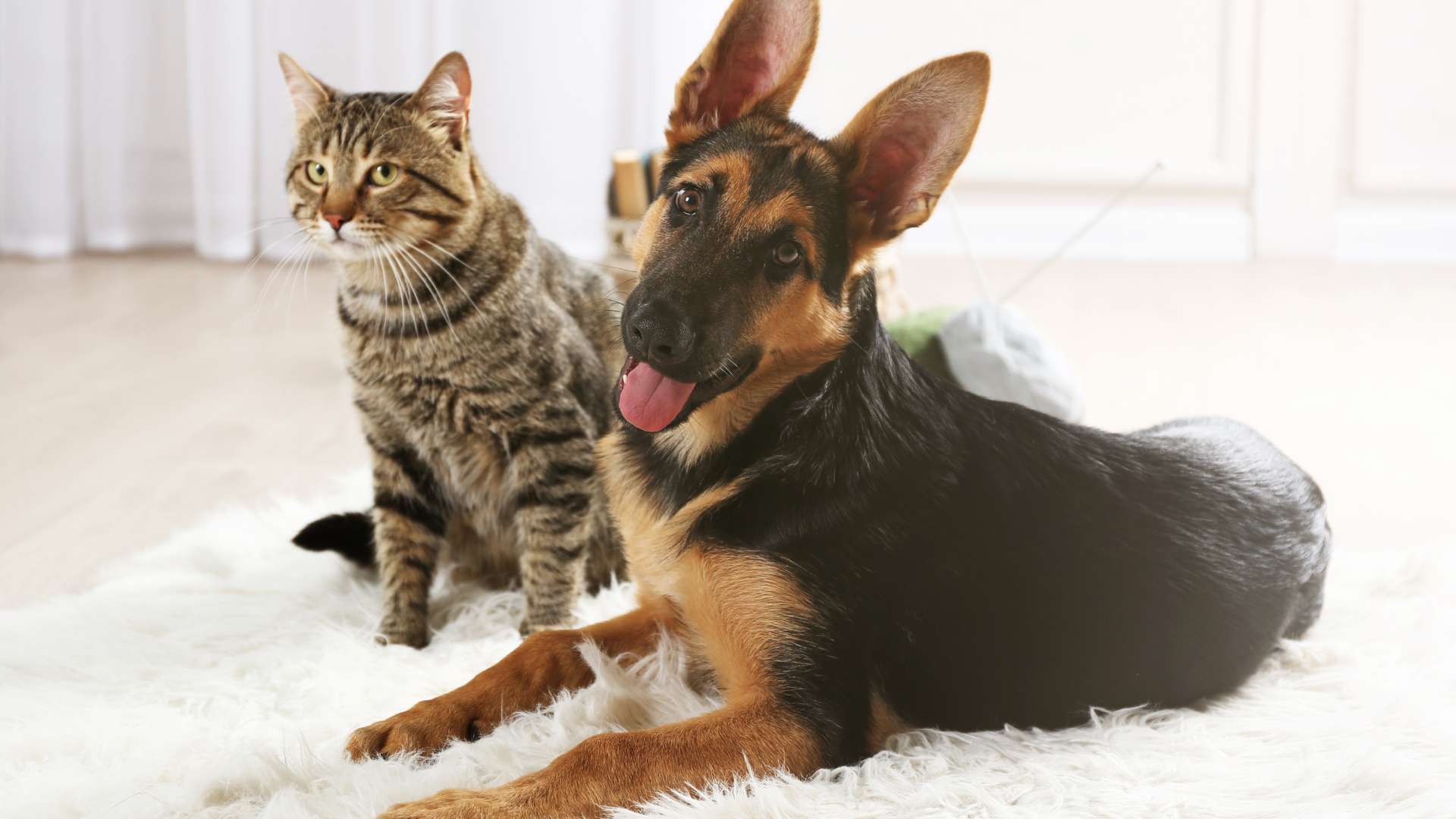The decision to adopt a shelter dog is one of the most rewarding choices a family can make. Bringing a rescue animal home means offering love, stability, and a second chance at life. However, not all adoptions work out as expected. Sadly, it’s not uncommon for a shelter dog to be returned after adoption, leaving both the dog and the adopter heartbroken.
This situation can feel overwhelming. Pet parents often carry guilt, while shelters face added strain, and the dogs themselves may experience confusion or stress. But returning a shelter dog does not necessarily mean failure—it often highlights a mismatch, lack of preparation, or circumstances beyond anyone’s control.
In this guide, we’ll explore why shelter dogs are returned, what it means for the dog, and how shelters handle these situations. At Good Natured Brand, we believe every pet deserves a loving, safe home. That includes helping families navigate challenges so that fewer dogs end up back in shelters.
Why Is a Shelter Dog Returned After Adoption
One of the most common reasons a shelter dog is returned after adoption is that the adopter’s lifestyle does not align with the dog’s needs. Dogs—especially rescues—require time, patience, and consistency. When families underestimate this commitment, issues can quickly arise.
Some adopters realize that their new dog has higher energy levels than expected, requiring more walks, exercise, and mental stimulation than they can provide. Others discover behavioral quirks such as separation anxiety, chewing, or excessive barking. These challenges are often normal parts of adjustment but may feel overwhelming to first-time dog owners.
Additionally, practical life changes—such as moving to a pet-restricted home, job loss, or sudden family changes—sometimes make keeping a dog impossible, even for well-meaning adopters.
The Emotional Impact When a Shelter Dog Is Returned After Adoption
When a shelter dog is returned after adoption, the emotional toll can be significant. For the dog, it can be confusing and stressful. After settling into a new environment, only to be uprooted and placed back in a shelter, the dog may feel anxiety, mistrust, or sadness.
For adopters, returning a dog can be heartbreaking. Many feel like they’ve failed, even if they had valid reasons. It’s important to recognize that making the decision in the dog’s best interest is sometimes the kindest choice, especially if the family cannot meet the dog’s needs.
Shelters and rescues also feel the strain. With limited resources, every return adds pressure on already full facilities. Staff often work tirelessly to comfort both the pet and the returning family, while preparing the dog for another chance at adoption.
Common Reasons for a Shelter Dog Returned After Adoption
Understanding the common causes for returns helps adopters prepare better and shelters provide stronger support. Among the most frequent reasons are:
-
Behavioral issues: Chewing shoes, scratching furniture, or marking carpets are common behaviors during adjustment. These issues can usually be managed with training and consistency. In the meantime, families can keep homes fresh with natural Carpet Deodorizers and safe All-Purpose Cleaners.
-
Allergies or health concerns: Some families discover allergies after adoption, leading to difficult decisions.
-
Time constraints: Dogs require daily exercise, play, and companionship. Busy schedules often conflict with these needs.
-
Housing restrictions: Rental agreements, landlord objections, or breed restrictions may force families to return a pet.
-
Pet compatibility: Sometimes, a new shelter dog doesn’t get along with resident pets or children, despite best efforts.
Each of these reasons demonstrates why thoughtful preparation and open conversations with shelters are so important before adoption.
Case Studies of Shelter Dogs Returned After Adoption
To better understand the issue, let’s consider a few common scenarios:
-
A family adopted a young Labrador mix who quickly developed separation anxiety. When left alone, he chewed furniture and soiled carpets. Overwhelmed, the family returned him. With training and a more flexible adopter, he later thrived in a home where someone was always around.
-
An older couple adopted a high-energy herding breed without realizing the exercise requirements. Unable to keep up, they returned the dog. Eventually, the dog was rehomed with an active runner who provided the activity she craved.
-
A single renter adopted a large Mastiff but discovered that her building imposed weight restrictions. Despite loving the dog, she was forced to return him due to housing rules.
These cases show that returned adoptions are not always failures—they are often opportunities to find a better match for both the dog and the adopter.
How Shelters Handle a Dog Returned After Adoption
When a dog is returned after adoption, shelters follow a structured process. Staff carefully assess the reason for return, both to support the dog’s well-being and to prepare for a future rehoming.
Returned dogs often undergo behavioral evaluations. If anxiety or fear has developed, trainers or volunteers may provide extra support. Many shelters also use foster programs to give returned dogs a less stressful environment while waiting for a new adopter.
Shelters strive to avoid judgment and instead work with adopters compassionately. They encourage honesty so the dog’s next placement can be more successful. By documenting what worked and what didn’t, shelters can match the dog with a family better suited to their personality and needs.
Myths About Dogs Returned After Adoption
There are many misconceptions about shelter dogs that have been returned:
-
“Returned dogs are broken.” In reality, most returns happen due to human circumstances, not because the dog is untrainable or aggressive.
-
“Dogs that are returned won’t bond again.” While returned dogs may need extra time to trust, they are fully capable of forming deep, loving bonds in new homes.
-
“Returning a dog means failure.” Sometimes, returning a dog is the most responsible choice—for both the family and the pet.
Breaking these myths is essential for giving returned shelter dogs the second (or even third) chance they deserve.
How to Prevent a Shelter Dog Being Returned After Adoption
Preventing a shelter dog from being returned after adoption begins long before the adoption papers are signed. Potential adopters need to be realistic about their lifestyle, space, and resources. Researching breeds and energy levels is a crucial first step. A busy professional in a small apartment may not be the best match for a high-energy herding dog, while a calm senior may thrive with a more relaxed breed.
Shelters play a big role by offering adoption counseling, asking the right questions, and making sure families are prepared for the responsibility. Families can also set themselves up for success by preparing their home before bringing the dog in—creating a safe space, gathering supplies, and committing to a daily routine that meets the dog’s needs.
Training and Support for Dogs Returned After Adoption
Training can make the difference between a successful adoption and one that ends in a return. Many shelter dogs come with little to no training, which means adopters must be ready to teach basics like house training, leash walking, and commands.
Consistency is key. Dogs thrive when rules are clear and routines are steady. Positive reinforcement—rewarding good behavior rather than punishing bad behavior—helps build trust and confidence.
Professional trainers and behaviorists are invaluable resources. For dogs returned due to fear, anxiety, or aggression, training can help transform them into well-adjusted companions. Adopters who seek professional help early often prevent small issues from becoming overwhelming problems.
What to Do if You’re Considering Returning a Shelter Dog After Adoption
Sometimes, despite an adopter’s best efforts, the reality of living with a shelter dog becomes overwhelming. Before making the decision to return a dog, there are steps families can take:
-
Consult a veterinarian to rule out health problems that might cause behavior issues.
-
Work with a trainer to address challenges like house training, barking, or aggression.
-
Make adjustments to the dog’s routine, environment, or exercise schedule.
If returning the dog is the only option, honesty with the shelter is essential. Shelters rely on accurate information about the dog’s behavior and needs to find a better match. Transparency increases the chance of the dog thriving in their next home.
The Role of Shelters in Reducing Returns After Adoption
Shelters have become proactive in reducing the number of returns. Many now offer pre-adoption counseling sessions that cover common challenges, such as house training and adjustment periods. Some shelters even provide starter training classes or partnerships with local trainers to help families succeed.
Post-adoption follow-up calls and support groups also play a role. When adopters feel supported, they are less likely to give up on their new pet. By providing resources and advice, shelters can turn potential returns into success stories.
Living With a Shelter Dog After Adoption: Tips for Success
Adoption is only the beginning. To create a stable, happy environment for a shelter dog, families should focus on patience, routine, and cleanliness.
-
Establish a daily routine: Dogs feel secure when they know what to expect. Scheduled feeding, walks, and playtimes help them settle faster.
-
Manage accidents calmly: Many rescue dogs regress during transitions. Accidents on rugs or floors can be cleaned safely with eco-friendly Carpet Deodorizers and natural All-Purpose Cleaners.
-
Keep bedding fresh: Shelter dogs often arrive with odors or bring messes during training. Washing dog beds, blankets, and soft toys regularly with pet-safe Laundry Powders ensures a healthy and clean environment.
-
Create safe spaces: A crate or quiet corner helps nervous dogs feel secure while adjusting to their new home.
How to Help a Shelter Dog Returned After Adoption Thrive in a New Home
When a shelter dog has been returned, the adjustment period in a new home can be longer. These dogs may feel confused or distrustful, but with patience, they can blossom into wonderful companions.
-
Take it slow: Give the dog time to decompress before expecting perfect behavior.
-
Use positive reinforcement: Celebrate small victories to build confidence.
-
Introduce gradually: Slowly expose the dog to new people, pets, and environments.
-
Offer consistency: Keep schedules predictable to reduce anxiety.
Families who provide reassurance and stability often see these dogs bond deeply, grateful for their second chance.
Resources for Adopters Facing Challenges
Adopters struggling with a shelter dog have more support than ever. Many communities offer affordable training classes, low-cost vet clinics, and online forums where owners can share advice. National and local rescue organizations also provide guides and hotlines for adopters in crisis.
Shelters themselves are an excellent resource. Many staff and volunteers have years of experience helping dogs adjust. Reaching out early can provide solutions before problems grow too large.
Final Thoughts on Shelter Dogs Returned After Adoption
A shelter dog returned after adoption is not a story of failure but of learning. Sometimes, the best thing for the dog is to find a family that better matches their needs. With preparation, training, and support, many returns can be prevented—and even when they do happen, dogs often go on to thrive in their forever homes.
At Good Natured Brand, we believe in supporting families and pets throughout their journey together. From cleaning up puppy accidents with natural Carpet Deodorizers, to freshening bedding with Laundry Powders, to tackling paw prints and spills with All-Purpose Cleaners, we’re here to make your home cleaner and safer for every member of your family—including the four-legged ones.
For more resources and tips on pet care, visit the Good Natured Brand Blog.





